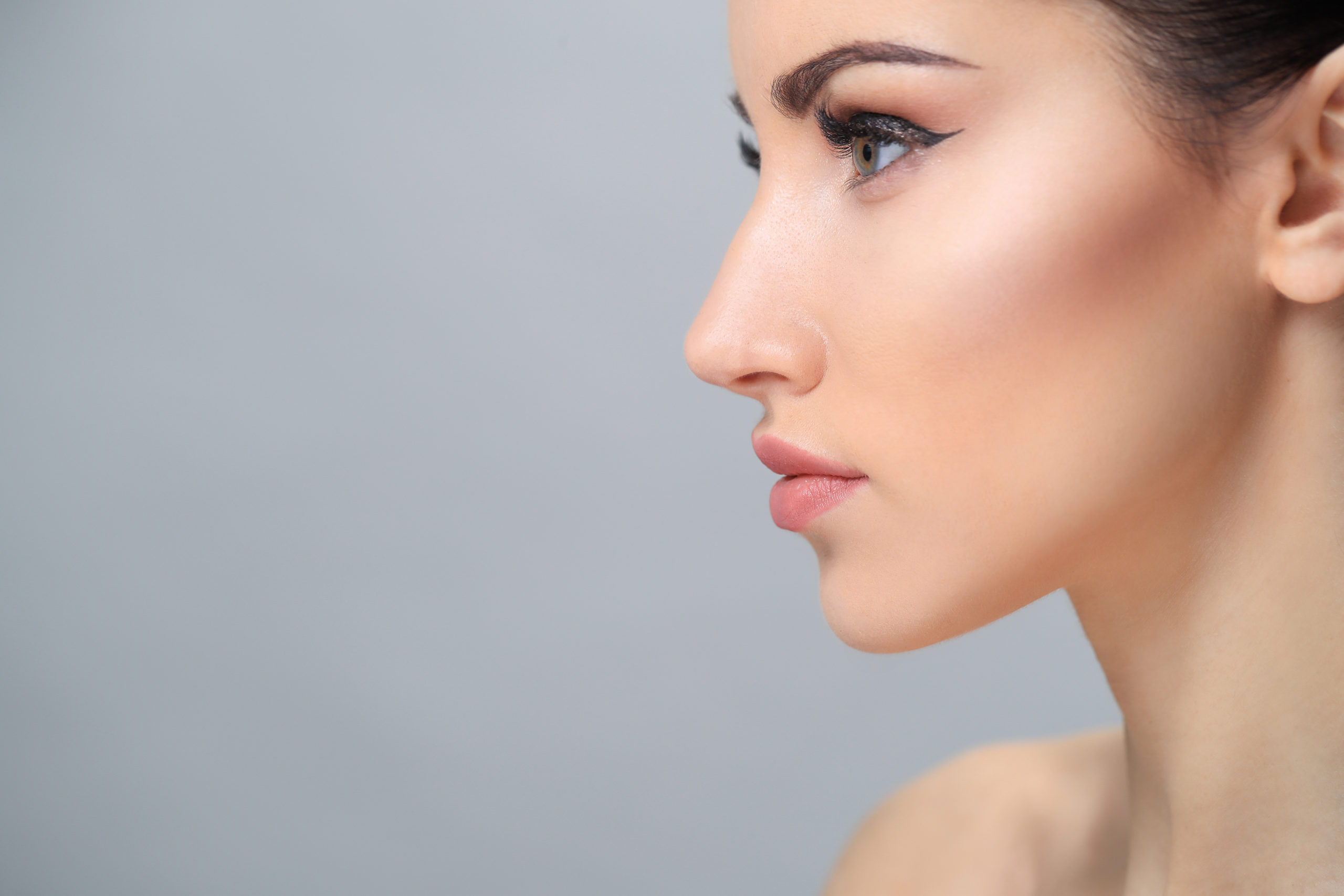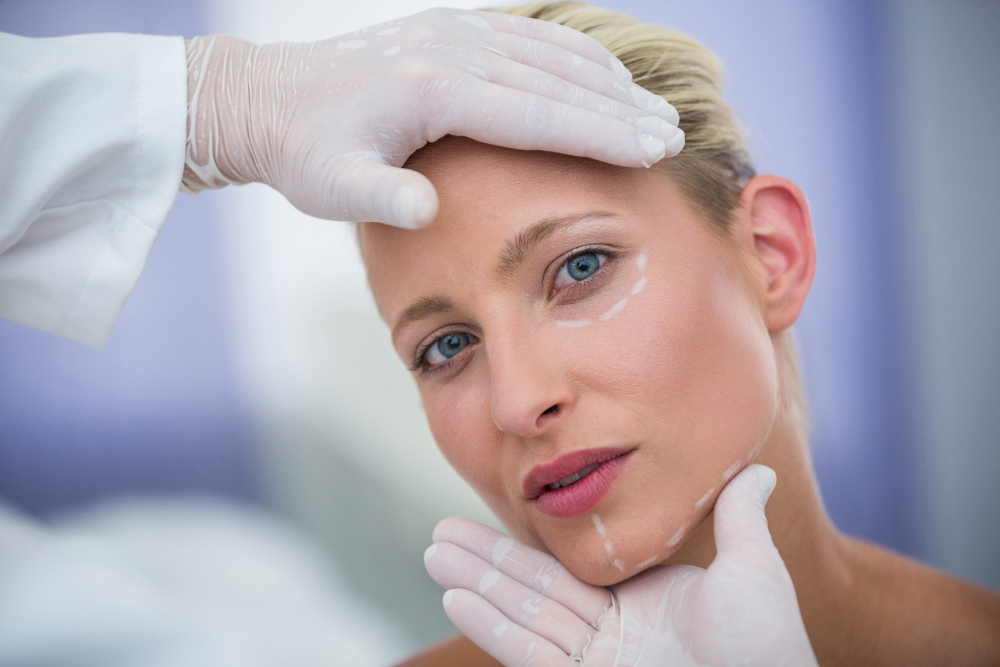PDO Thread Lift


Be the first to know about new Specials, and blog posts with valuable free information on skin care, beauty and wellness. Sign up below and you'll receive an email notice of new specials as well as new posts. You can unsubscribe at any time.

A quick and painless non-surgical procedure, polydioxanone (PDO) thread lift is one of the first thread lifting methods and is still a popular option today. PDO thread lift is superior when it comes to repositioning and bringing back the youthfulness of your skin compared to polylactic acid (PLA) and polycaprolactone (PCA) thread lifts.
What is Polydioxanone (PDO)?
PDO is a colorless synthetic material that is used mainly in medical sutures and other biomedical uses such as musculoskeletal procedures, improvement of damaged tissues, and in this case dermatologic surgeries. This material is completely absorbable, reliable, and safe when used for the right application using proven methods.
How does PDO Thread Lift Work?
PDO Thread Lifts are done by inserting an absorbable suture under loose skin to lift it up. After the procedure, the skin will regain some tightness and firmness
What makes this procedure even better is how it effectively promotes collagen production around the treatment areas. It does not only lift the skin up instantly, but it also has beneficial effects that develop after the procedure.
There are also different types of PDO threads that have their specific uses, namely mono, screw, and cog threads. Mono threads are single threads also known as short threads that are mostly meshed under the skin for tightening areas around the forehead, neck, and around eyes. Screw threads are used to add volume to areas of your skin that have sunken. Lastly, cog threads are barbed versions of mono threads that are mainly used for lifting up the skin.

What Happens During the Procedure?
A PDO thread lift is a minimally-invasive procedure that is relatively painless. The procedure only takes about 30 to 45 minutes depending on the size of the treatment area which is speedy compared to a face-lift that can take up to 6 hours. After the treatment, patients are allowed to carry on with their usual day-to-day lives.
Days before the procedure is carried out at your dermatology clinic, you will be asked to avoid certain food, beverages, and medicine that may increase bleeding and bruising during and after the procedure.
During the thread lift procedure, you can expect the following:
- The treatment area will be disinfected
- You will be given a local anesthetic to make the procedure painless. It will be administered through injection.
- A cannula, a thin tube will be inserted under your skin to assist in the insertion of the suture.
- Only a small incision will be made using a needle.
Post-treatment Care and Recovery
The recovery period should last up to 2 weeks. However, there are some activities that you should avoid for 1 to 2 days right after the treatment to avoid dislodging the suture, including:
- heavy exercise
- using facial products
- sun exposure
- sleeping on your side
- smoking
- Using straws
- Chewing gum
Are there any side effects?
For post-treatment care, you are only required to keep the treatment area undisturbed. Washing, and applying cleansers and moisturizers are not advised. In the event that you experience any unusual pain, you should give your doctor a visit to identify and treat the underlying problem.
How long will the results last?
The threads themselves won’t last the duration of the procedure’s effects, but that is a part of the process. They will dissolve within your skin in 4-9 months after collagen has formed around them. With newly formed collagen, you can expect your skin to stay firm and plump for 18 to 24 months. You can always go back for another treatment to prolong the youthfulness of your skin.

